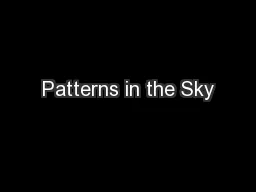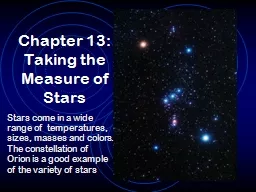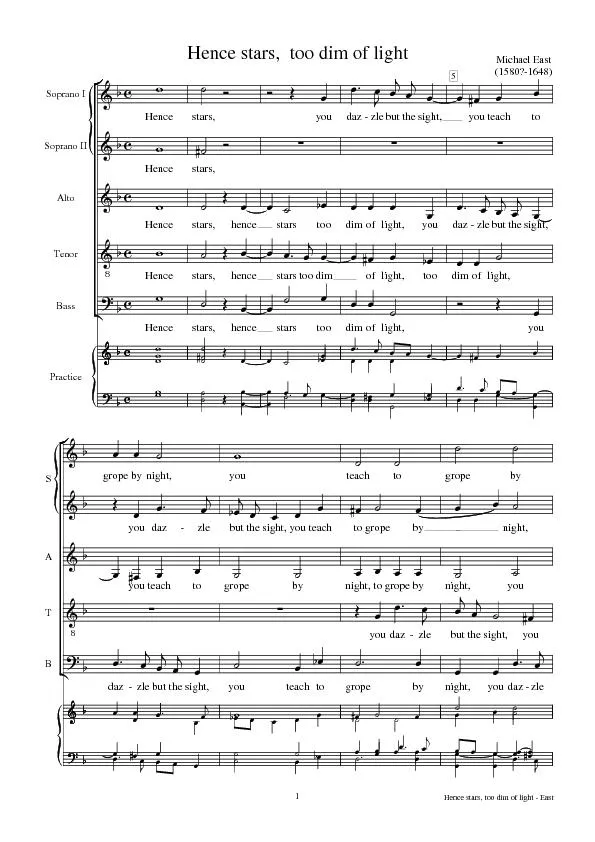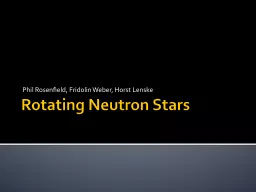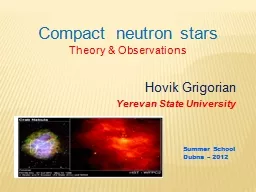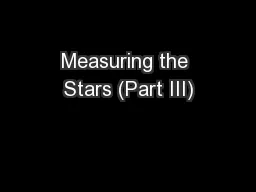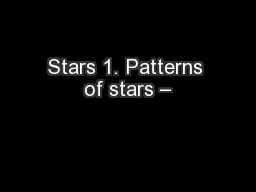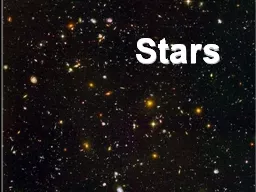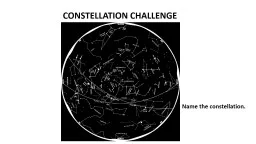PPT-t he brightest stars
Author : sherrill-nordquist | Published Date : 2016-02-24
do not live alone B ackground Design E Buunk SE de Mink HST image NASA Paresce Selma E de Mink Hubble Science Briefing February 7 2013 Hubble Fellow at Space
Presentation Embed Code
Download Presentation
Download Presentation The PPT/PDF document "t he brightest stars" is the property of its rightful owner. Permission is granted to download and print the materials on this website for personal, non-commercial use only, and to display it on your personal computer provided you do not modify the materials and that you retain all copyright notices contained in the materials. By downloading content from our website, you accept the terms of this agreement.
t he brightest stars: Transcript
Download Rules Of Document
"t he brightest stars"The content belongs to its owner. You may download and print it for personal use, without modification, and keep all copyright notices. By downloading, you agree to these terms.
Related Documents



